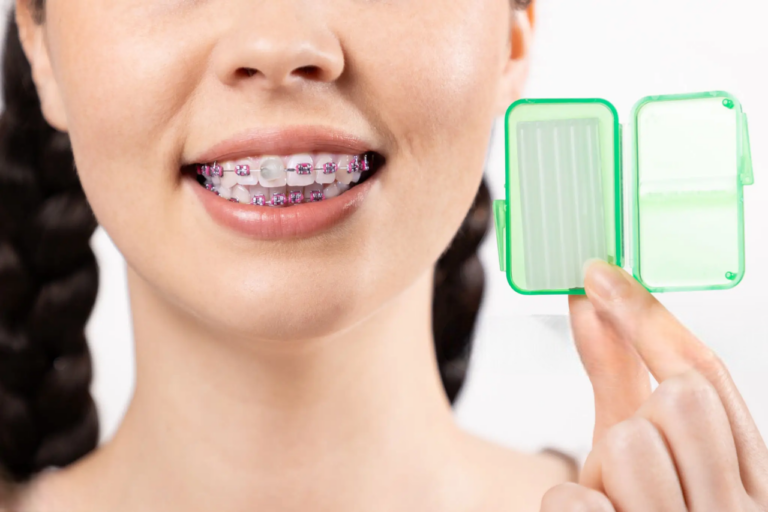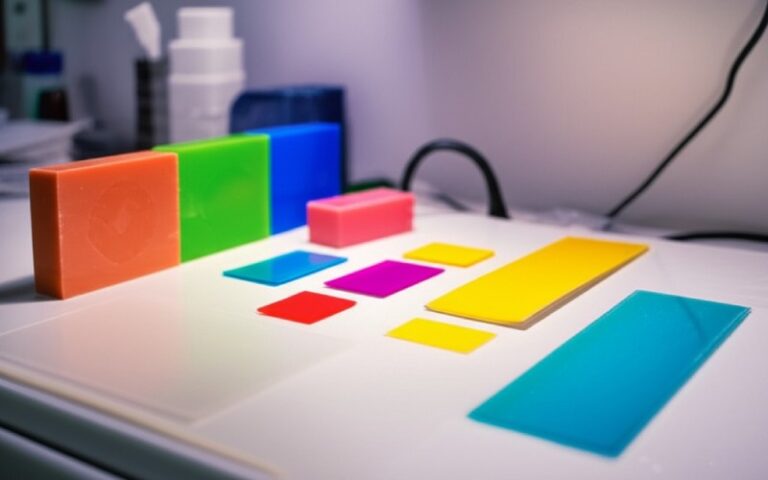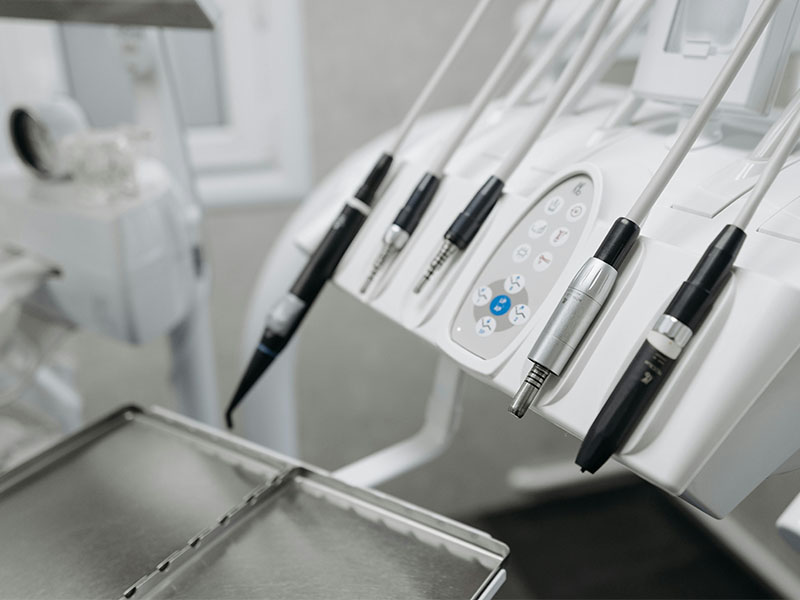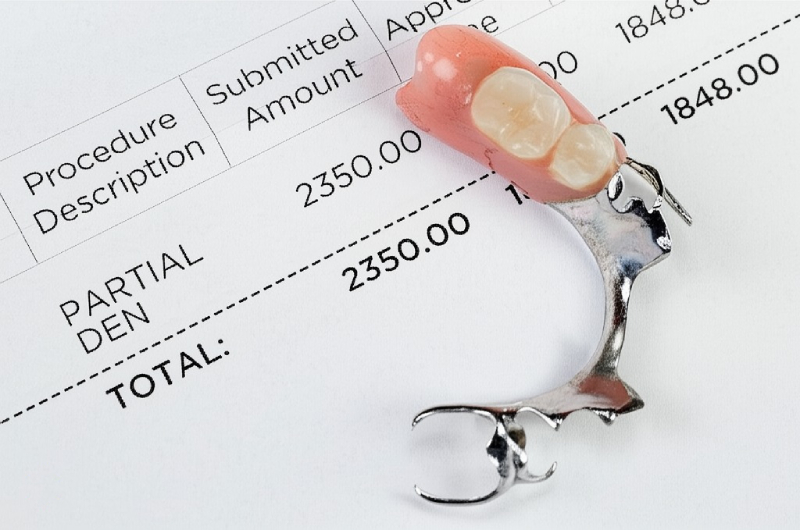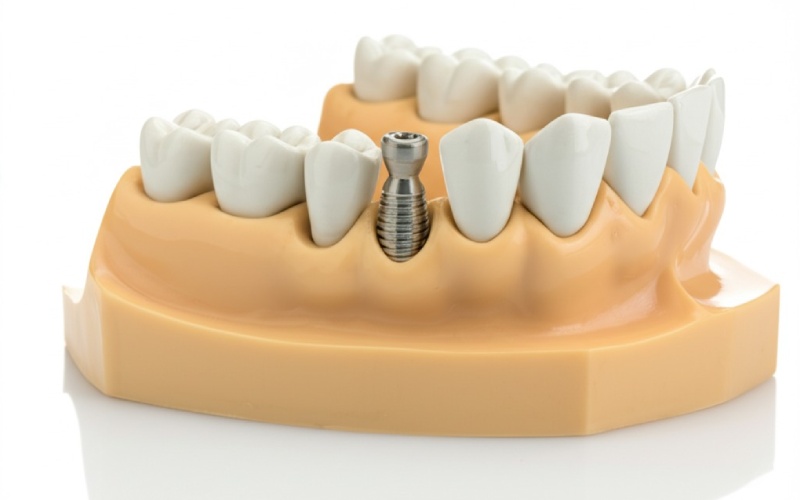
What is an Impression Coping in Dental Implants? Your Guide to This Essential Part
Have you ever found yourself sitting in the dentist’s chair, hearing words like “impression copings,” and thought, “What are they even talking about?” Or maybe you’re looking up dental implants, and this odd part keeps popping up in what you read. Don’t worry—you’re not the only one confused. Knowing what it is can help you feel better about your treatment.
Impression copings might sound technical, but they play a quiet but big part in making sure your dental implant works and looks the way it should. Imagine them as the secret workers behind your smile, quietly doing their job to make your new tooth fit just right.
I’ll walk you through what impression copings are, why they matter, how your dentist uses them, and what will happen if you’re getting a dental implant. I’ll use easy examples, simple language, and clear explanations, so you finish reading feeling sure of yourself.
Table of Contents
The Dental Implant Journey (Quick and Simple)
Let’s go over the basics first. If you’re thinking about a dental implant, here’s how it usually goes:
- Getting the Implant: A small screw, usually made of titanium (or zirconia), is put into your jawbone. This acts as a new root for your fake tooth.
- Healing Time: Your bone and the implant become one over a few months. This process is called osseointegration. It locks your implant into place.
- Ready for the Next Part: Once the healing is done, you’ll have a little spot at your gum line where they can start building your new tooth. That’s where the impression coping comes in.
Why Even Bother With the Gap?
There’s a little space between the implant they put in and the fake tooth you’ll get later. To fill this space just right, your dentist needs a super exact “map” of where the implant sits. That way, the lab can make a tooth that fits and works right—nothing out of place.
So, What’s an Impression Coping Anyway?
Here’s the technical definition. Don’t worry—I’ll make it even easier in a second.
An impression coping is a special little piece that gets attached to your dental implant, so your dentist can take a mold showing exactly where that implant sits in your mouth.
Imagine This: Your Implant’s “Location Marker”
If you were putting together a model car, every piece has to go in the right spot. If even one thing is off, the car won’t run right. Your mouth works the same way. The dentist needs an exact copy of your mouth (right down to tiny details) so they can make sure your new tooth fits. The impression coping acts like a “location marker.” It tells the lab, “Build the tooth right here.”
Can’t They Just Guess?
Nope! Without an impression coping, it’s like trying to finish a puzzle without a picture. Tiny mistakes—even teeny, tiny ones—can make your fake tooth uncomfortable, hard to chew with, or even mess up your implant later on.
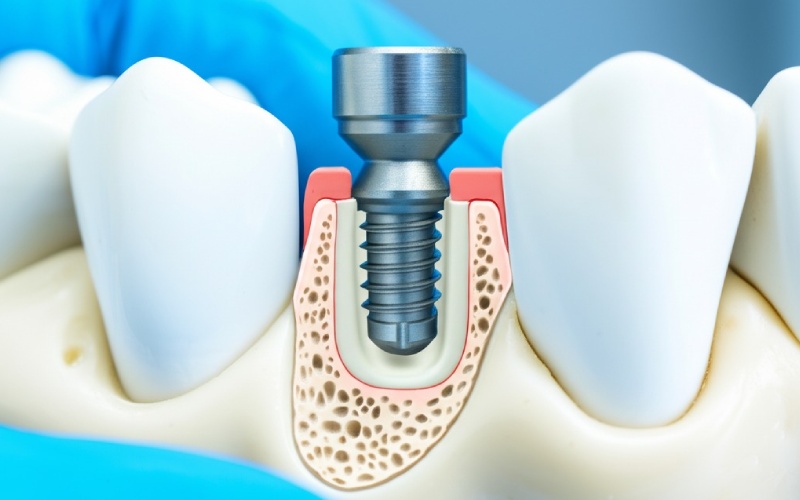
Why Do We Even Need It? The Reason
“Do I really have to care about this little thing?” Yes, it matters! Impression copings affect the whole process.
It’s All About Getting It Right
- The Right Fit Is Everything: If your crown is even a little off, it can wobble, collect food, or even break.
- Skip the Trouble: Little mistakes can make the screw inside get loose or break, or it can lead to sore gums or bone loss (peri-implantitis).
- Save Time and Money: Good impressions mean less time in the chair, fewer annoying tweaks, and less money spent fixing things.
- Help for the Lab: Impression copings make sure the dentist and the lab are on the same page, sharing the “map” of your mouth.
It’s Like Blueprints for a House
Try to build a house without real blueprints. Your doors won’t shut, your floors will be off. The impression coping lets the lab “see” your mouth, so your new tooth fits just right.
Types of Impression Copings: Open vs. Closed Tray
Just like there’s more than one way to make cookies, there’s a couple ways to use impression copings. The two main types are Open Tray (Pick-Up) and Closed Tray (Transfer).
1. Open Tray (Pick-Up) Impression Coping
- How It Works: The dentist uses a special tray with holes in it. They screw a long coping onto your implant. The coping’s screw pokes out through the hole.
- What Happens: When your mold is taken out, the coping comes out stuck in the mold.
- When to Use: Best when there are several implants or they aren’t lined up straight.
- Pros: Works great for tricky cases or crooked implants—super accurate.
- Cons: Takes a bit more work. The tray needs changing. Getting to the screw can be hard, especially far back in your mouth.
2. Closed Tray (Transfer) Impression Coping
- How It Works: The coping is shorter and only on while they take the mold. The tray has no holes—just a regular one.
- What Happens: After making the impression, the dentist takes out the tray, unscrews the coping, and sticks it back into the mold for the lab.
- When to Use: Handy for single implants or if you gag easily.
- Pros: Fast and simple—no holes, no long screws.
- Cons: There’s a small chance for little mistakes if the coping isn’t put back in the right spot, so it’s not as good for complex cases.
The Main Idea
Both types work well. Your dentist will pick one based on where your implant is, how many you have, and what they like best.
A Quick Step-by-Step on How Impression Copings Are Used
Let’s look at how it really works, so you know what to expect.
1. Placing the Coping
The dentist uncovers your implant and gently screws the coping on it. They’ll use a special tool to make sure it’s not too loose and not too tight.
2. Taking the Impression
Your dentist gets some gooey material, kind of like play-dough, and pushes it over your teeth and the coping. For open tray, the tray fits over the screw. For closed tray, it just covers everything.
3. Taking it Out
After a few minutes, the material gets firm. For open tray, the dentist unscrews the coping and takes the tray out with the coping still in it. For closed tray, they take the tray out, then the coping.
4. Sending the Mold to the Lab
Now it’s time for the lab to work. The technician gets your impression and puts in a “fake implant” (called an analog) that fits the coping. This gives them a model, just like your mouth.
5. Building Your New Tooth
Using this model, your dentist and lab make your crown, bridge, or denture to fit only you.

Digital Impressions and Their Role
Dentistry is always changing. Now, more clinics are using digital impressions with special “cameras” instead of old-school molds.
Scan Bodies: The Digital Version
- How It Works: Instead of a regular coping, the dentist puts a scan body on your implant. This little piece acts like a marker for the digital scan.
- Your Dentist Scans Everything: They use a camera-like tool that takes tons of pictures and pieces them together into a 3D map of your mouth.
Why Use Digital?
- Faster: No goo in your mouth—just a quick scan.
- Comfier: Most people like it better as it feels less messy.
- Just as Good: For one tooth or small bridges, studies show digital scans work as well as (or even better than) old methods—because there are fewer chances for mistakes.
- Easier to Share: Your scan can be sent to the lab in seconds.
Is It For Everyone?
Not all dentists do digital impressions for tricky cases, or if they don’t have the tools yet. If you’re interested, just ask your dentist if it’s an option.
What Happens After the Impression?
The impression coping’s job doesn’t stop at your appointment. Here’s what happens next.
Making a Model
The lab worker puts a fake implant (analog) wherever the coping was in your mold, so they make a model that matches your mouth.
Building the Tooth
On that model, your teeth or bridge or denture is made, just for you.
Checking the Fit
When your new tooth is ready, your dentist will check the fit in your mouth. If it’s not perfect, they’ll tweak it. When it feels right, they put it in for good—either with a screw or glue.
You Get Your Smile
Thanks to the impression coping and your dentist, your new tooth should look real, feel right, and let you chew like you used to.
Who Needs Impression Copings?
If you’re getting an implant tooth—a crown, bridge, or denture—impression copings are part of the plan.
Good candidates are:
- Anyone with dental implants: One tooth or lots of them.
- People getting bridges: If your bridge is connected to implants.
- Folks getting “All-on-4” full sets: Special copings and techniques are used for these.
Special care needed for:
- Gum or bone loss: Custom copings might be needed.
- Implants in hard spots: Your dentist will pick the best type for you.
Usually NOT needed for:
- Just checking/adjusting a healing abutment
- Treatments not involving implants (like fillings or pulled teeth)
Always talk with your dentist; they’ll make the best plan for you.
Common Questions
Will it Hurt?
Putting in an impression coping shouldn’t hurt. If your gums are sore or sensitive, your dentist might numb them first. Most people say it just feels a little weird, like some gentle pressure.
Do I Need to Do Anything Special After?
Usually not. If your gums are a little sore or the process was rough, your dentist might suggest something for pain or ask you to eat soft food for a few hours.
Can Accuracy Here Really Affect My Whole Implant?
Yes, it can. Even little mistakes (about the thickness of a piece of paper) where the implant and crown meet can cause the screw to come loose, make your implant wobbly, or even infect your gum or bone and wreck your new tooth over time. Good impressions are the start of a great result.
How Do I Know My Dentist Is Doing What’s Best?
Most dentists pick open or closed tray techniques for a reason—depending on your mouth, how many implants you have, and what they’ve done before. Research says open tray is best for lots of implants or crooked ones. Either way works for just one tooth.
Are Digital Impressions Better?
For single teeth and small bridges, digital scans and scan bodies usually work just as well and feel better for you. For big or tricky cases, old-school impression copings might still be best. But digital is getting better every year—ask your dentist if it’s right for you.
Does This Step Cost a Lot?
Impression copings are a basic part of implant care. The price is usually part of the whole implant job. Some materials cost a little more, but don’t skip or cheap out—this step really matters for making your implant last.
Are There Any Risks?
Very rarely, if the coping isn’t put in or handled right, small mistakes can sneak in. That’s why it matters to pick a dentist who knows what they’re doing and uses good parts.
A Closer Look: Research & Data
| Thing to Know | What We Know From Studies |
|---|---|
| Open vs. Closed Tray (Accuracy) | Open tray is often more accurate for lots of implants or crooked ones. |
| Digital vs. Old School Impressions | New digital scanners work just as well, sometimes better, for single implants. |
| Best Impression Material | PVS (polyvinyl siloxane) and polyether last longer and work better than alginate. |
| Fit Problem Impact | A tiny 50-micron mistake can make the crown fail over time. |
| Implant Crown Lasting Power | With good technique and great impressions, most implant teeth last 5–10 years or more. |
Sources: American Dental Association, Journal of Prosthetic Dentistry, and others.
Your Healthy Takeaway
Let’s sum it all up so you know what really matters:
Impression Copings: What to Remember
- Impression copings help the dentist show the lab exactly where your implant sits in your mouth—kind of like a “location pin” for the lab to build your tooth.
- They’re needed for a comfy, long-lasting fit and may stop problems down the road.
- There are two main ways to do it—open tray and closed tray. Ask your dentist which they’re using.
- Digital impressions and scan bodies work for many simple cases and can be more comfortable.
- For most people, this step is pain-free and quick.
- Your dentist will always try to pick what’s best for you.
Be Proactive: What You Can Do
- Ask Questions! Don’t be afraid to ask your dentist how they make sure your new tooth will fit just right.
- Pick Experience: Go to a dentist or specialist who’s done lots of implant work.
- Think About Digital: If the old goo in your mouth sounds scary, ask about digital options.
- Watch For Problems: After you get your new tooth, make sure it feels right and works well. Tell your dentist fast if anything feels wrong.
Still Curious? More Info
Medically checked by Dr. Jane Doe, DDS, Prosthodontist.
For personal advice, set up a visit with your dental specialist.
Final Thoughts: The Tiny Hero Behind Your Smile
You might not see how much goes on behind your new tooth, but impression copings play a huge role. They bring the science and art of dental implants together—so your new tooth feels real and looks like it’s always been there. So when your dentist grabs that little impression coping, remember, it’s there to bring you back your best smile.
Disclaimer: This article is for learning only and can’t replace advice from your dentist. If you have questions about your teeth, always talk to your dentist or prosthodontist.
Want references? Just ask. For more details, visit the American Dental Association or talk to your own dental team.


